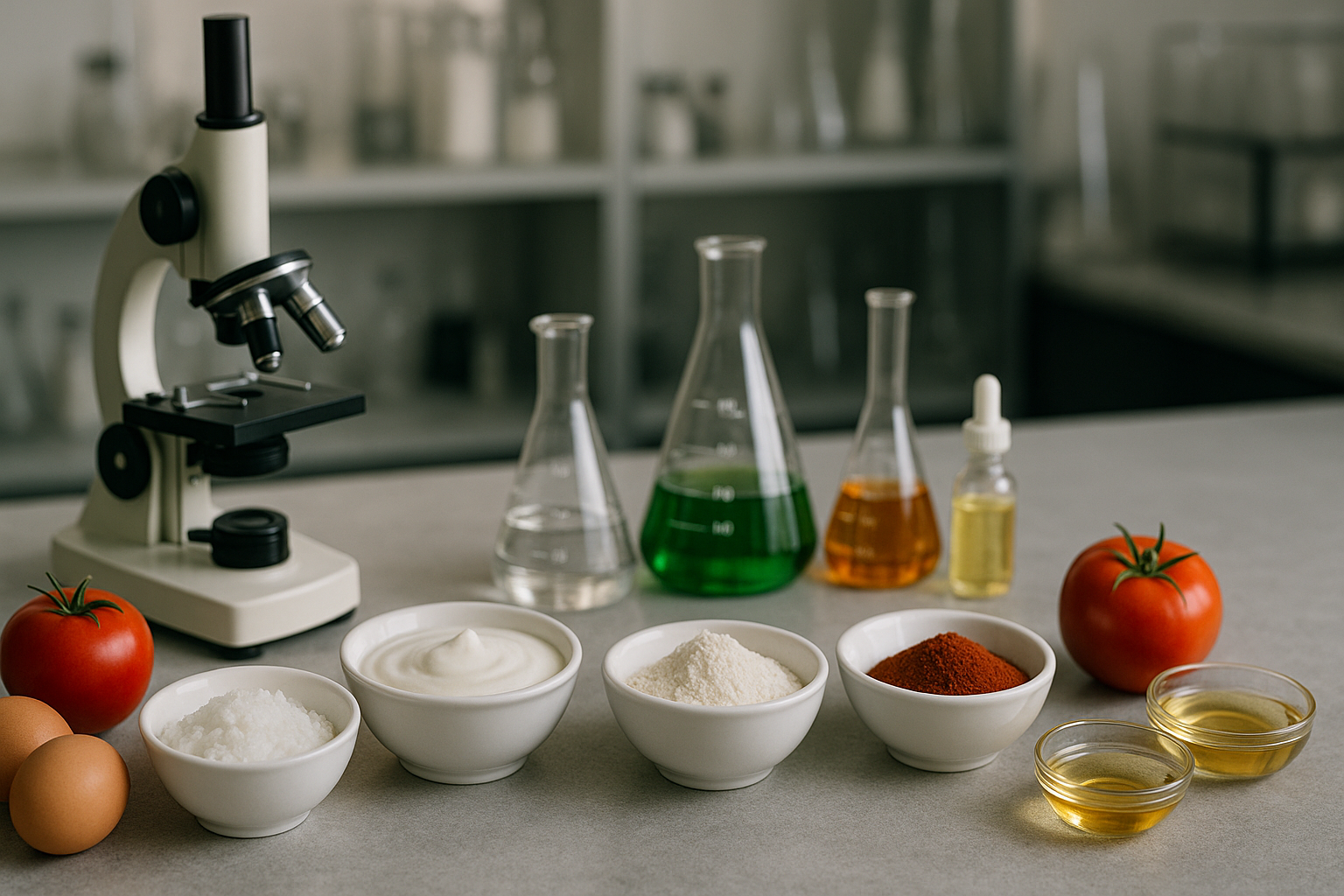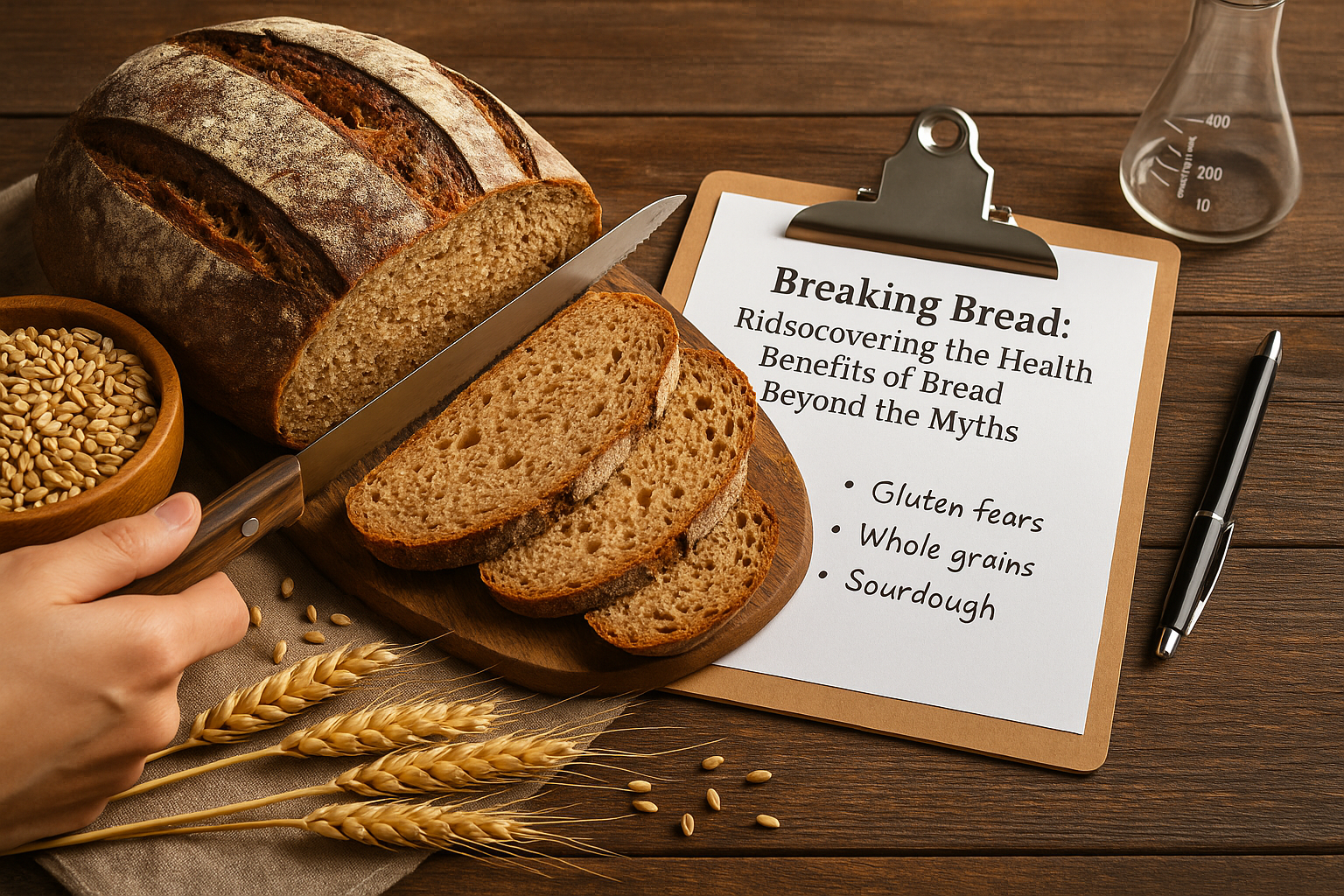
Sodium Alginate: The Backbone of Spherification
SUBSCRIBE TO OUR BLOG
Promotions, new products, and recipes.
-
How sodium alginate enables the spherification process that creates flavorful, gel-like spheres in modern cuisine
-
The science behind basic and reverse spherification techniques, and when to use each
-
What to look for when choosing the best sodium alginate for home or professional use
-
Tips for avoiding common spherification issues and achieving consistent culinary results
Sodium Alginate: The Backbone of Spherification
Sodium alginate is a versatile ingredient that has changed the culinary world, mainly in spherification. It comes from brown seaweed and is key in many kitchens. It's also used in home cooking.
The use of best sodium alginate lets chefs make dishes that look amazing. They create bouncy, flavorful spheres. This technique makes meals exciting and shows off the chef's talent.
Key Takeaways
- Sodium alginate is a key ingredient in spherification.
- It is derived from brown seaweed and is a natural polysaccharide.
- The best sodium alginate is important for the right texture and flavor.
- Spherification adds a creative element to culinary presentations.
- This technique is popular among chefs and home cooks alike.
What is Sodium Alginate?
Sodium alginate comes from seaweed and has amazing properties. It's a key ingredient in cooking, known for spherification. Learn more in this ingredient overview.
The Science Behind This Culinary Wonder
Sodium alginate is a complex carbohydrate. When mixed with water, it creates a thick solution. This is important for cooking, as it can change textures.
The magic happens when it meets calcium ions. This causes it to turn into a gel-like substance. This process is called gelation. More on that can be seen in alginate hydrogel research.
Natural Sources and Production Methods
Sodium alginate is found in brown seaweed. To make it, seaweed is harvested, ground, and treated with alkaline solutions. This extracts the alginate.
The result is sodium alginate powder. It's used in many dishes. Chefs say it's a key part of modernist cuisine. It is also available in powder form from Cape Crystal Brands.
The Magic of Spherification
The magic of spherification turns liquids into small, flavorful spheres. It uses sodium alginate as its main ingredient. This technique has changed the culinary world, making dishes look amazing and taste great.
Basic Spherification Technique
Basic spherification mixes sodium alginate with a tasty liquid. This mix is then dropped into a bath of calcium chloride. This creates spheres because of a reaction between sodium alginate and calcium ions.
Learn to use this technique with Cape Crystal’s Direct Spherification Kit.
Reverse Spherification Method
The reverse method adds calcium chloride to the liquid first. Then, it's dropped into a sodium alginate bath. This method lets chefs control the sphere's size and texture better. It's great for ingredients that don't like calcium chloride. You can also experiment with their alternate kit version.
Popular Culinary Applications
Sodium alginate spherification is used in many ways, from fancy dinners to molecular mixology. Chefs make creative dishes like "caviar" pearls or unique twists on old recipes. The endless possibilities with sodium alginate keep chefs' imaginations running wild. See other culinary uses.
Finding the Best Sodium Alginate for Your Culinary Creations
For chefs and home cooks, finding the best sodium alginate is key. It's important to know what makes high-quality sodium alginate stand out. Here’s how to identify the best thickening options as well.
Quality Factors to Consider
- High in purity: This means fewer impurities for better results.
- Properly sourced: Choose sodium alginate from sustainable sources.
- Fine in texture: A finer powder dissolves better, avoiding lumps.
Top Sodium Alginate Brands for Home Chefs
Some top brands for home chefs include:
- Texturas: Known for their high-quality products and wide range of applications.
- Molinary: Offers a variety of sodium alginate products tailored to different needs.
- Now Foods: Provides a reliable and affordable option for home cooks.
Professional-Grade Options
For professional chefs, Protanal and Kimica offer high-grade sodium alginate. They have precise specifications for demanding culinary applications.
Troubleshooting Common Issues
Common issues with sodium alginate include clumping and inconsistent spherification. Make sure your sodium alginate is well dissolved. Also, keep your bath at the right temperature to avoid these problems. Learn from this comparison with other encapsulating materials.
Sodium Alginate: Elevating Culinary Creations
Sodium alginate has changed the culinary world, mainly in spherification. It lets chefs and home cooks make dishes that look amazing and taste great. Learning about sodium alginate opens up new possibilities in cooking.
The quality of sodium alginate matters a lot. Good brands give you consistent results, making your dishes look and taste better. Whether you're a pro chef or a home cook, using sodium alginate can make your food stand out. For more details, check our FAQ hub.
Exploring sodium alginate and spherification will lead to more creativity in your cooking. Its unique qualities make it a key ingredient in modern cooking. It inspires chefs and home cooks to be creative and make amazing dishes.
FAQ
What is sodium alginate, and where is it derived from?
Sodium alginate comes from brown seaweed. It's used in food to thicken and stabilize.
How does sodium alginate work in spherification?
Sodium alginate forms a gel membrane around liquid when mixed with calcium ions. This makes spheres, a key part of modernist cuisine.
What is the difference between basic and reverse spherification?
Basic spherification drops sodium alginate into calcium chloride. Reverse spherification drops calcium chloride into sodium alginate.
Can I use sodium alginate in other culinary applications beside spherification?
Yes, sodium alginate thickens, stabilizes, and emulsifies in sauces, dressings, and ice cream.
How do I choose the best sodium alginate for my needs?
Look at quality, viscosity, and price. Choose reputable brands and read reviews to find the right one.
What are some common issues when working with sodium alginate, and how can I troubleshoot them?
Issues include lumps, uneven texture, and sphere failure. Mix well, use the right ratio, and adjust the calcium bath as needed.

|
About the Author Ed is the founder of Cape Crystal Brands, editor of the Beginner’s Guide to Hydrocolloids, and a passionate advocate for making food science accessible to all. Discover premium ingredients, expert resources, and free formulation tools at capecrystalbrands.com/tools. — Ed |
Enjoyed this post? Subscribe to The Crystal Scoop
Food-science tips, ingredient know-how, and recipes. No spam—unsubscribe anytime.
- Choosing a selection results in a full page refresh.



